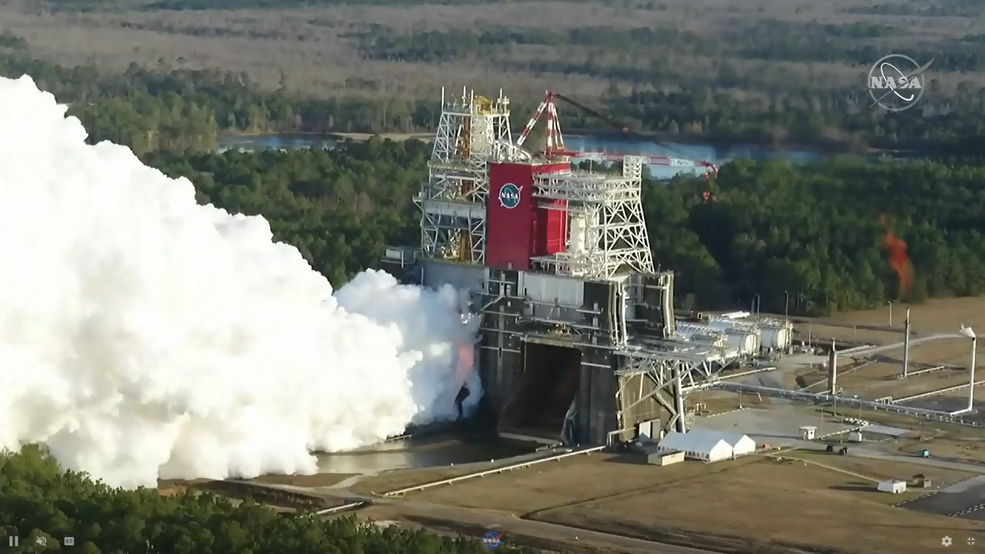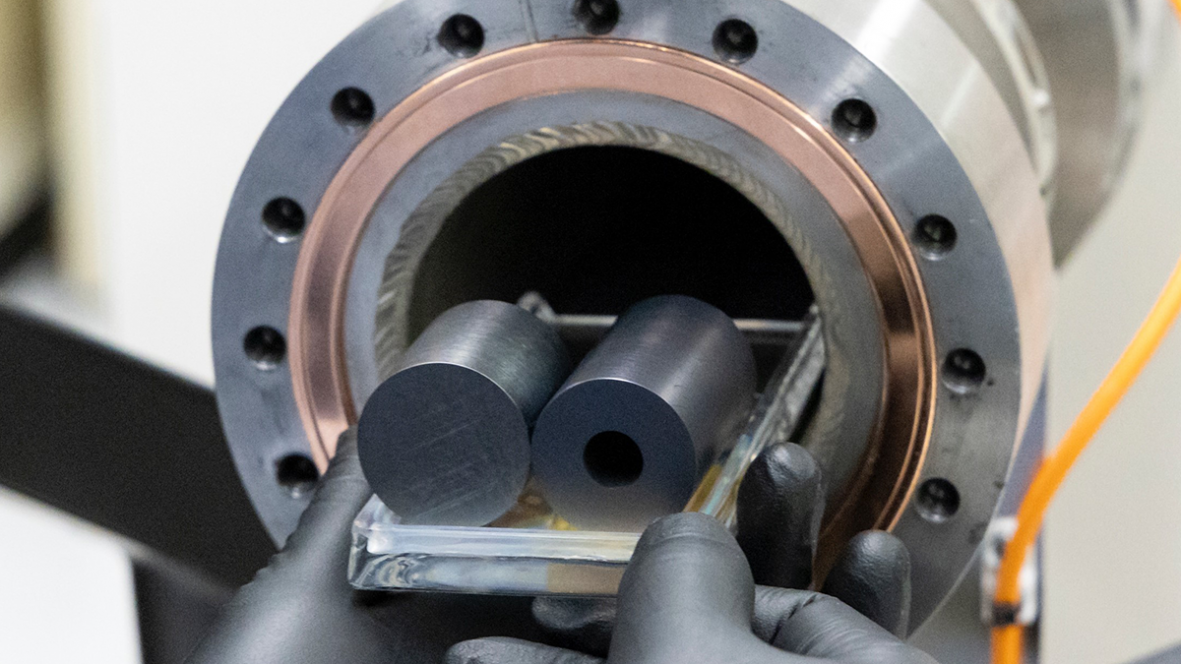An image from a video released by INL shows MARVEL, to be installed in a concrete pit within the TREAT reactor building. Source: INL
BWX Technologies, Westinghouse, and X-energy will have two years for design engineering before one mobile reactor could qualify for demonstration.
Three reactor developers got a boost on March 9 when they were each awarded a contract from the U.S. Department of Defense (DOD) to design a reactor that can fit inside a standard shipping container for military deployment. The DOD’s Strategic Capabilities Office (SCO), in partnership with the Department of Energy, proposes to build and demonstrate a 1–10 MWe reactor within four years that, if successful, could be widely deployed to support the DOD’s domestic and operational energy demands.
The interior of the process building at the American Centrifuge Plant in Piketon, Ohio, where Centrus Energy plans to operate a HALEU demonstration cascade by June 2022. (Photo: Centrus Energy)
Advanced reactor cores are being designed for higher efficiencies and longer lifetimes, but to get there, they need high-assay low-enriched uranium (HALEU).
Enriched to between 5 and 19.75 percent fissile U-235, HALEU is packed with nuclear potential. It can be used as a feedstock for the demonstration of new fuel designs, from uranium alloys to ceramic pellets and liquid fuels. Those fuels can enable advanced reactor and microreactor demonstrations. Operating light-water reactors could potentially transition to HALEU uranium oxide fuels for extended operating cycles and improved plant economics.







